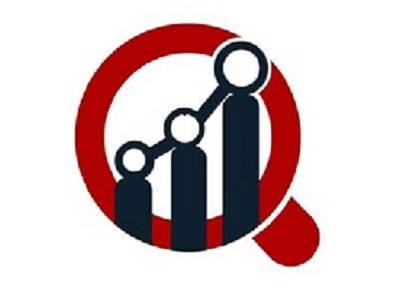Recuerdo hablar con un amigo en México sobre este tema, y me sorprendió descubrir lo diferente que son las leyes fiscales entre países. Mientras que en España las cotizaciones a la Seguridad Social son una parte importante de las deducciones, en México también se incluyen conceptos como el IMSS y el INFONAVIT. Estas diferencias hicieron que me diera cuenta de la importancia de conocer las normativas específicas según el lugar donde trabajas.
Cassie Tylerдобавил заметку 4 дня назад

Luxury Fashion Market: Trends, Growth, and Key Insights
The luxury fashion market is a significant segment of the global apparel and accessories industry, characterized by high-end clothing, footwear, bags, jewelry, and other premium products. This market is driven by exclusivity, brand heritage, superior craftsmanship, and high-quality materials, appealing to affluent consumers and aspirational buyers alike. The luxury fashion industry continues to evolve with changing consumer preferences, technological advancements, and shifting economic conditions.
Read more
Market Overview
The global luxury fashion market is projected to grow steadily, supported by increasing disposable incomes, the rise of emerging markets, and a growing emphasis on personal branding and social status. Europe, North America, and Asia-Pacific are the dominant regions, with China and the Middle East playing increasingly influential roles.
Luxury fashion brands, including Louis Vuitton, Chanel, Gucci, Hermès, and Prada, have successfully adapted to modern consumer expectations by integrating digital innovation, sustainability initiatives, and experiential marketing.
Key Trends Driving the Market
Digital Transformation and E-commerce Growth
The adoption of e-commerce has reshaped the luxury fashion industry, with brands enhancing their online presence through digital flagship stores, virtual try-ons, AI-driven personalization, and social commerce. Direct-to-consumer (DTC) channels are gaining traction, reducing dependency on traditional retail formats.
Sustainability and Ethical Fashion
Luxury consumers are becoming more conscious of sustainability, prompting brands to incorporate eco-friendly materials, ethical sourcing, and transparent supply chains. Circular fashion initiatives, including resale platforms and rental services, are gaining momentum.
Rise of Gen Z and Millennial Consumers
Younger demographics are reshaping the luxury market, favoring brands that align with their values, including inclusivity, sustainability, and authenticity. Social media influencers, collaborations, and limited-edition releases play a crucial role in attracting these consumers.
Customization and Personalization
Bespoke and made-to-order services are increasingly popular, as luxury buyers seek exclusive, tailor-made products. Advanced AI and big data analytics help brands provide hyper-personalized experiences.
Resale and Second-Hand Luxury Market
The pre-owned luxury market is expanding rapidly, driven by consumers looking for value and sustainability. Platforms like The RealReal, Vestiaire Collective, and StockX have normalized second-hand luxury shopping.
Luxury Streetwear and Casualization
High-end brands are incorporating streetwear elements into their collections, reflecting the blending of luxury and casual fashion. Collaborations between luxury houses and streetwear labels, such as Dior x Air Jordan and Gucci x The North Face, highlight this trend.
Challenges in the Luxury Fashion Market
Counterfeiting and Brand Protection: The rise of counterfeit goods remains a major concern for luxury brands, necessitating advanced authentication technologies like blockchain.
Economic Fluctuations: Luxury fashion is sensitive to economic downturns, as discretionary spending declines during financial crises.
Supply Chain Disruptions: Global supply chain issues, from raw material shortages to logistics delays, impact production and distribution.
Balancing Exclusivity with Accessibility: While expanding digital channels and retail networks, brands must maintain an aura of exclusivity to preserve their luxury appeal.
Future Outlook
The luxury fashion market is expected to maintain its growth trajectory, fueled by digital innovation, sustainability, and evolving consumer behaviors. Brands that successfully merge heritage with modernity, leverage technology, and embrace sustainability will continue